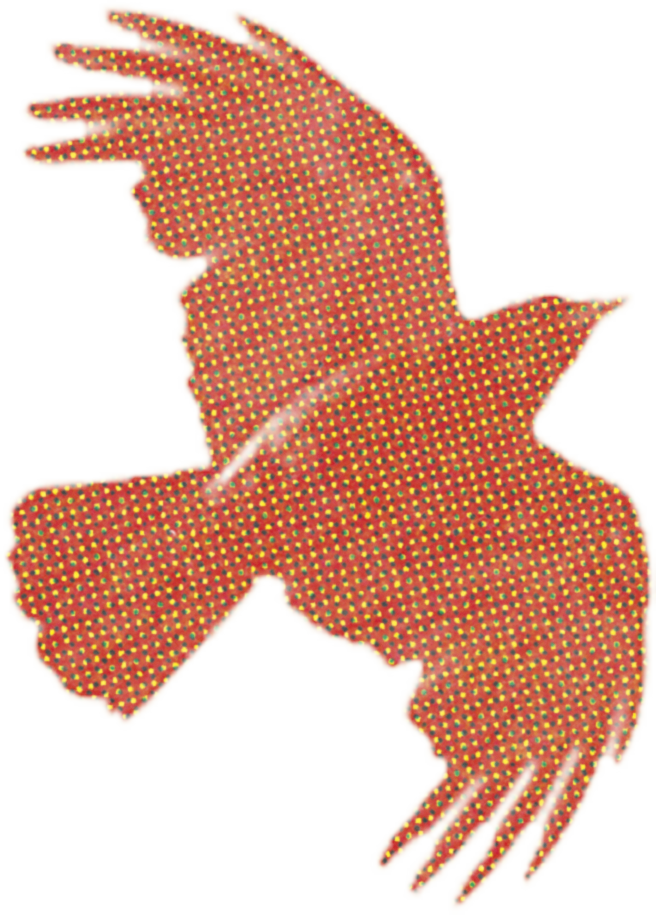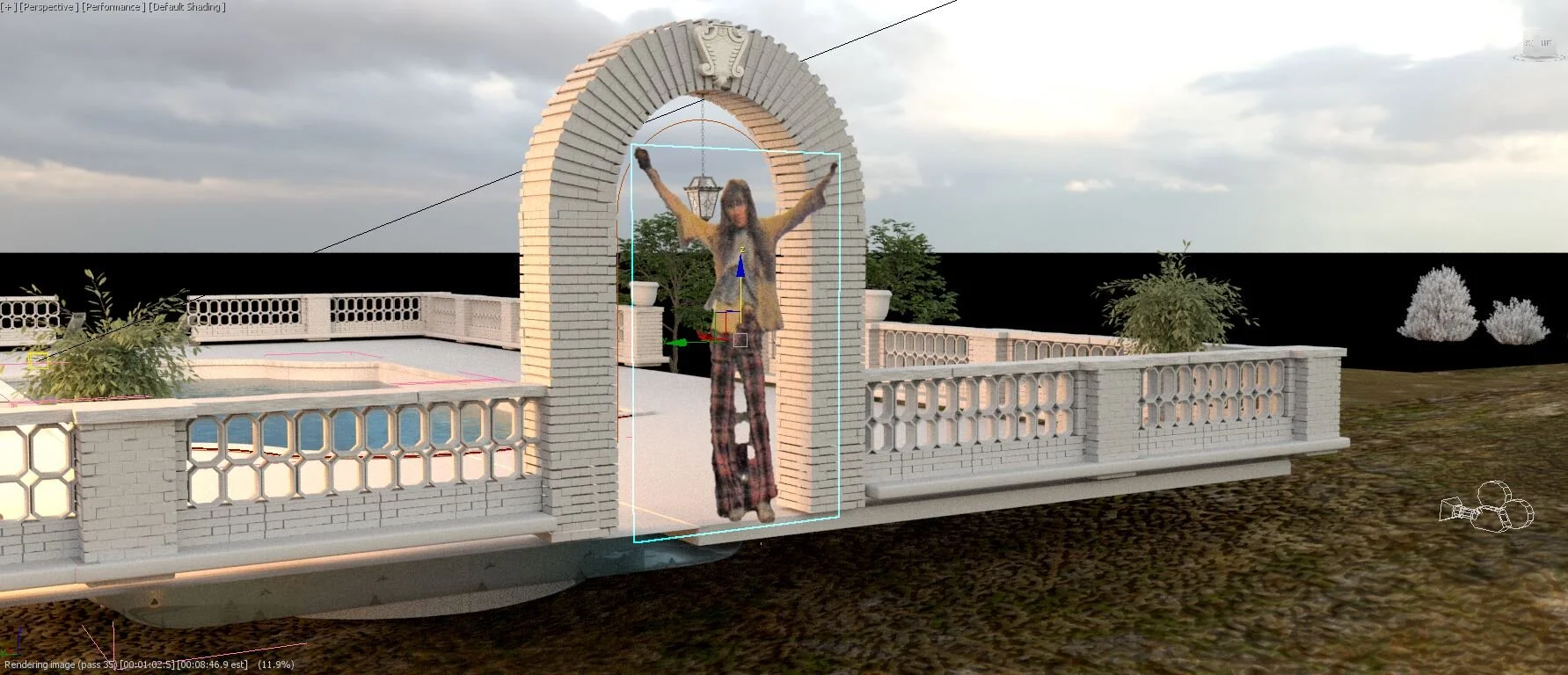Unreal Animation in virtual production.
Alice’s fireplace mantel in his room on the second floor of the estate, around 1971.
A recreation using 3ds max to port over to Unreal Engine.
Unreal Animation in virtual production.
Pursuing the idea of making “Billion Dollar Babies” as an animated show, there are many avenues to look at when it comes to creating a show around our world. At the top of the list is the Unreal Engine that has been talked about as the next frontier of virtual production. Unreal offers a way to almost future proof production on many levels and although not completely raytraced but vertex rendered, the quality of the look, the strength of its pipeline tools and the ever expanding artist base growing right now, it is very attractive as compared to traditional or rendered based animation .
The provided pdf at the bottom gives a more in depth breakdown on what it all entails.
By building core assets and production around an engine like Unreal, it offers a lot of flexibility for the growth of the world from a story perspective, reduces the amount of teams that possibly could be waiting for elements assets etc. It also makes the team more compact and agile, like a film crew shooting guerrilla style. A lot of great moments for the director and actors also can happen because what is piped into the monitors is truly “ what you see is what you get”.
In 2021 the latest Unreal game engine takes it to the next level with asset referencing systems that will dramatically reduce the size of the show team, while never losing the integrity of the look and style.
The show world can be created with assets that can be used over and over again, using a pipeline that not only updates as the series progresses, but requires smaller team sizes.
Neal Smith at the estate circa 1971. He is posing in one of the garden areas.
We recreated parts of the estate in 3ds Max and ported it already to Unreal.
Once the asset is made, we can build shots and ideas around it anytime…
Unreal Empowers the filmmakers to collaboratively iterate on visual details in the moment, and that iteration begins much earlier in the production schedule and produces high quality imagery from the outset.
One of the many benefits is that once assets are Initially created, they can be repurposed though out production.
Base Terrace Asset
- One asset can be used in various sequences and timeframes.
Portion of asset in another shot
Terrace asset used in another shot
Garden asset we created for development - matching older photos from the estate for accuracy.
In contrast to traditional production techniques, virtual production encourages a more iterative, nonlinear, and collaborative process.
It empowers the filmmakers (including department heads) to collaboratively iterate on visual details in the moment, not deferring all of these decisions to post, and begins much earlier in the production schedule.
With a real-time engine, high-quality imagery can be produced from the outset. Instead of different teams creating incompatible assets siloed off from one another, assets are cross-compatible and usable from pre visualization through final outputs.
Unreal Field Guide
Our World Created …

















More to come ….
Erick & Ted - June 2020









